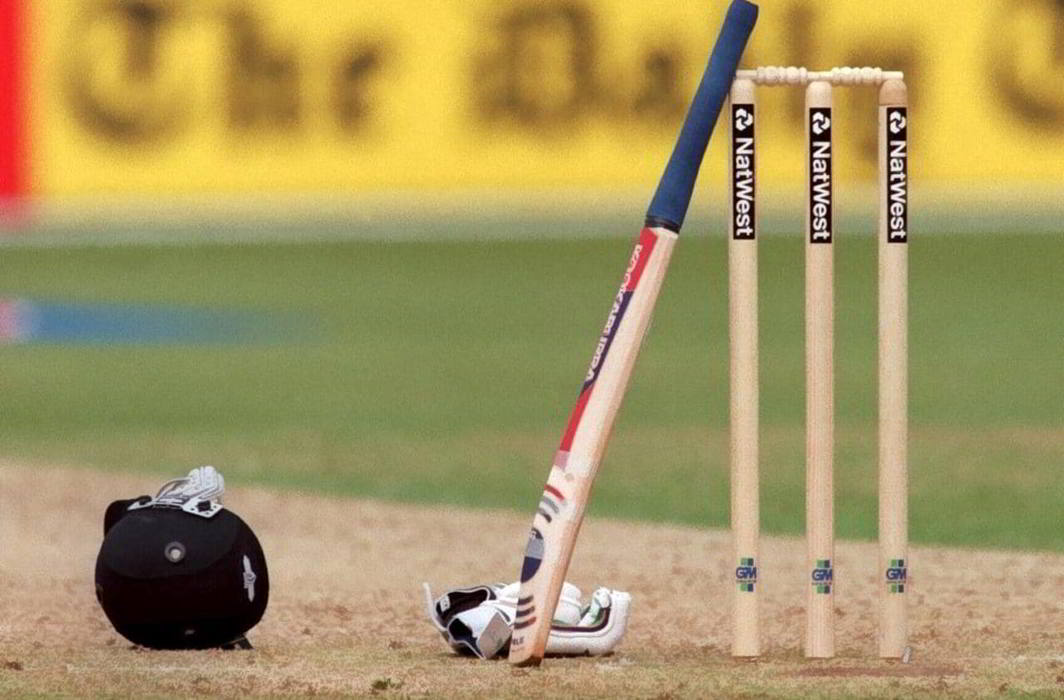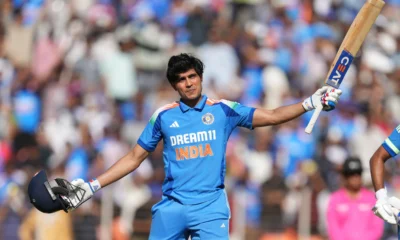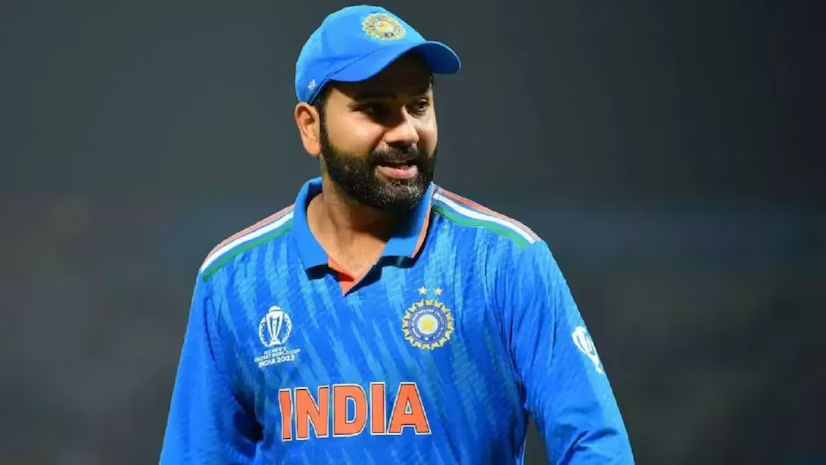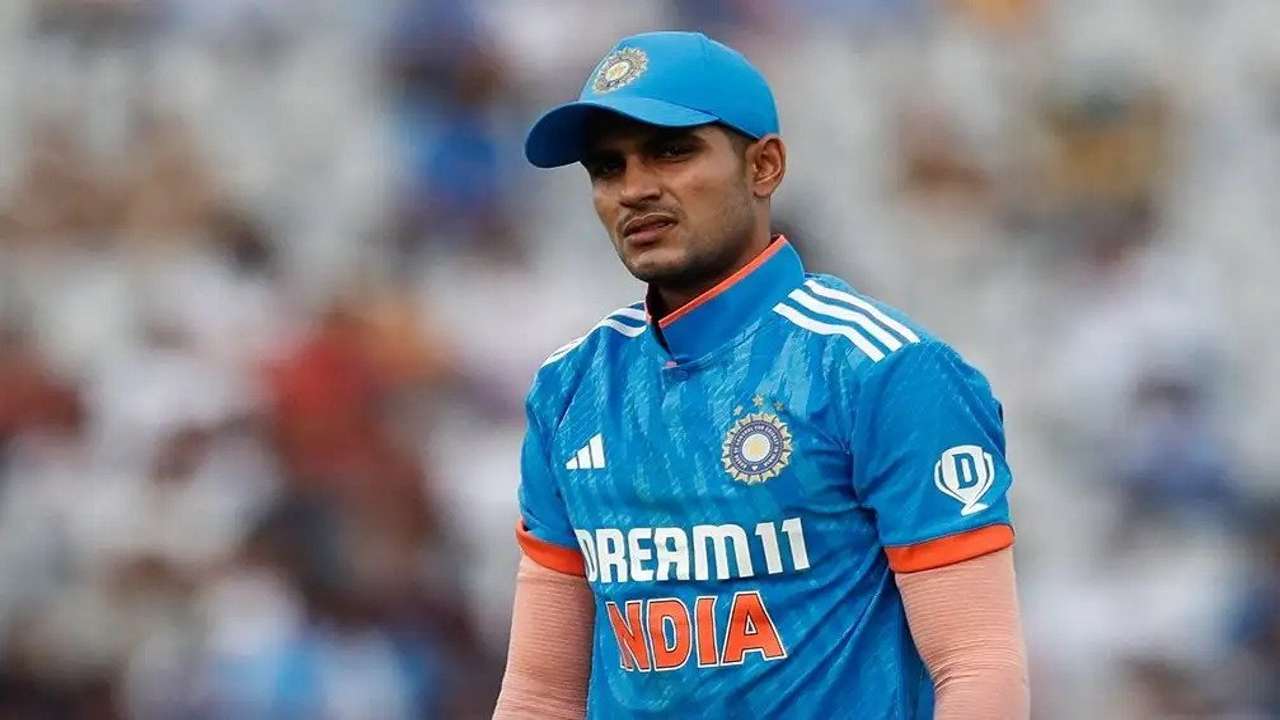Cricket news
New ICC rules to be effective from September 28; here are the key changes

Cricket news
Rohit Sharma reveals retirement thoughts after 2023 World Cup final heartbreak
Rohit Sharma has revealed that he thought about retiring after the 2023 ODI World Cup final defeat, describing the period as emotionally draining and difficult to overcome.
Cricket news
India announces T20 World Cup 2026 squad, Shubman Gill dropped as Axar Patel named vice-captain
India have announced their T20 World Cup 2026 squad, dropping Shubman Gill and appointing Axar Patel as vice-captain under Suryakumar Yadav’s leadership.
Cricket news
T20 World Cup 2026: Selectors weigh Shubman Gill role as India squad announcement awaited
India’s T20 World Cup 2026 squad announcement is awaited, with selectors debating Shubman Gill’s role amid strong performances from senior players.
-

 India News19 hours ago
India News19 hours agoBJP gets its first mayor in Kerala as VV Rajesh takes charge in Thiruvananthapuram
-

 India News20 hours ago
India News20 hours agoVeer Bal Diwas reflects courage, conviction and righteousness, Says PM Modi
-

 India News17 hours ago
India News17 hours agoAAP targets Delhi LG with Ghajini dig over pollution row, BJP hits back
-

 Entertainment17 hours ago
Entertainment17 hours agoDhurandhar box office collection crosses Rs 1,000 crore worldwide in 21 days
-

 Latest world news15 hours ago
Latest world news15 hours agoIndia flags attacks on Hindus in Bangladesh as worrisome after recent lynchings
-

 India News23 hours ago
India News23 hours agoTrain fares increased from December 26: check revised ticket prices across classes
-

 India News23 hours ago
India News23 hours agoDelhi air quality improves slightly but stays in poor category
-

 India News17 hours ago
India News17 hours agoTraffic slows in Himachal Pradesh as year-end tourist rush chokes roads to Shimla, Manali
















